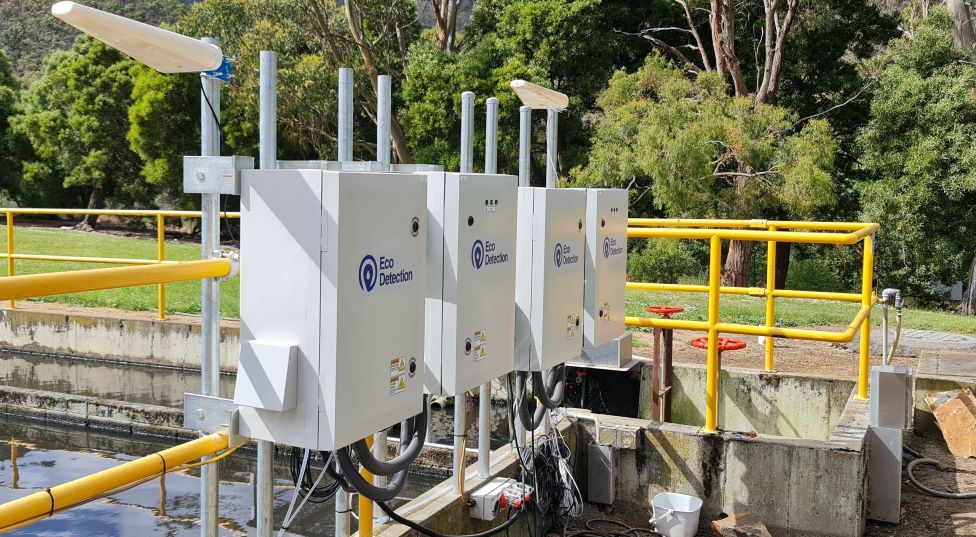Melbourne-based company, Eco Detection, is closing the gap of data and insight with a world-first automated laboratory-grade solution designed to increase efficiency in critical infrastructure, remote operations, wastewater processing, food production and environmental monitoring.
Eco Detection has automated lab-grade measurement for dissolved inorganics in the field using capillary zone electrophoresis (CZE), most predominantly used in laboratories because it gives faster results and provides high resolution separation.
The Ion-Q+ is a revolutionary, self-calibrating dual channel multiparameter system designed for the direct measurement of anions and cations of interest including nitrate, nitrate, phosphate and ammonium. It has an expandable measurement platform to target an array of analytes, including heavy metals, emerging contaminants and organics, across proposed future product iterations.
The benefits of installing an Eco Detection Ion-Q+ are many, including ease and convenience of use and the elimination of lag time in obtaining results, empowering critical decision-making before conditions in the field have changed. Easily accessible via the cloud, or integrated into existing SCADA systems, the data is more accurate, not only because the potential for human error involved in manual sampling is eliminated, but because the results represent near real-time analysed data over multiple days and times rather than a single snapshot.
Laboratory-validated water quality monitoring system
Eco Detection’s systems are proving to be of significant value to customers in environmental monitoring, where the real-time data generated by the platform gives an unparalleled window into the dynamic nature of river systems. Professor David Hamilton, Deputy Director of the Australian Rivers Institute, Griffith University, said Eco Detection’s data captured at a river adjoining agricultural land was absolutely fantastic, as the extremely high frequency data tells us a lot about the river system and response.
“If you’re only sampling once a month and trying to interpret that data for mitigation, it takes years to develop an understanding because it gives a very coarse average; you simply don’t have the relationship with some of the key drivers,” Professor Hamilton said.
The automated sampling and laboratory grade measurements from the Eco Detection system are also being used to supplement, or indeed replace, existing sampling practices in wastewater treatment applications. In these cases, the requirement for weekly, or sometimes daily water sample testing carries a significant operational cost, while still not providing the level of granularity achievable with an Eco Detection system.
Other applications for Eco Detection’s Ion-Q+ include ammonia-based aeration monitoring and control for the optimisation of energy to reduce costs and GHG emissions in wastewater treatment plants and water quality monitoring in the fish pens and adjoining environment in aquaculture operations. The ability to communicate with plant operations and process control systems allows for improved data integration to enhance plant performance and help meet reporting requirements.
Eco Detection’s laboratory-validated water quality monitoring system has proven operation and accuracy and is used by major infrastructure operators, councils and universities in Australia and New Zealand.
The Derwent Estuary Program is supported by The Ian Potter Foundation
This sponsored editorial is brought to you by Eco Detection. For further information, please contact David Clinton, Head of Regional Sales, APAC at david.clinton@ecodetection.com or visit ecodetection.com.

